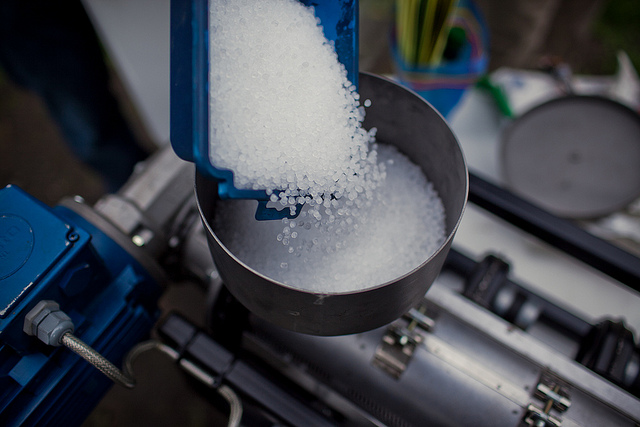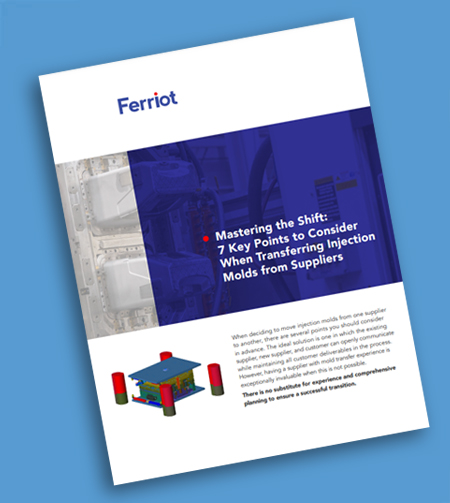Different Types of Resin
When beginning the process of developing a plastic component through the injection molding process, one of the top priorities needs to be identifying the different types of resin to be used on the product. While there is opportunity to customize the resins to fit the end use of the part, there are a wide variety of resins available, which opens up unlimited possibilities in design and function.
The first step in the process is to identify the key physical attributes that the end product requires. Below is a list of properties that need to be evaluated:
- Chemical and environmental resistance
- Flexible Strength
- Temperature operating range
- Fatigue resistance
- Electrical properties
- Impact Strength
- Flammability
Next, you will need to choose from a wide variety of types of resins. With these resin classes, you have a variety of products that gives you the flexibility to customize your needs. It also allows you to match the resin to the part design and moldability of the part.
Engineering Grade Resins
- Nylon: Tough, good thermal and chemical resistance, with a wide variety of grades available with a broad scope of physical properties.
- Polycarbonate: Strong, high flex modulus, good temperature range, transparent.
- ABS: Good impact, superior surface quality, good color-ability, good rigidity, with electroplatable grades available.
- PC/ABS: Good processability, good toughness at low temperature, good dimensional stability.
- TPE: “Soft” touch materials, rubber replacement materials, good tear strength, and good flexibility.
- Acrylic: High optical clarity, good lens materials
- Acetal: Excellent wear resistance, excellent material for gears, and high wear applications.
- Structural Foam: Excellent material to be used where metal replacement is applicable. Good weight-to-stiffness ratio.
Commodities Grades
- Polypropylene: Versatile material, variety of grades in homopolymer and copolymer classes, good chemical resistance, good fatigue resistance, excellent chemical resistance, lower cost.
- Polyethylene: Very versatile, low-cost material, variety of grades in LLDPE, LDPE, and HDPE, tough, weatherable, and easily processed.
- Polystyrene: Available in general purpose PS and HIP polystyrene, lower cost, range of impact from low to high, good clarity in GPPS grades, good rigidity.
In summary, when choosing a plastics resin to use in any type of injection molding applications, the possibilities are limitless. The list above just touches the edges of options for resin selection. By working with a Ferriot, Inc. representative, we will help you identify the correct and optimum resin to use in your applications. We benefit from having long-term partnerships with leaders in resin manufacturing. This allows us to optimize the success of your projects.
For another blog post by Brad, check out:
How Ferriot is Different from Other Plastics Manufacturers




